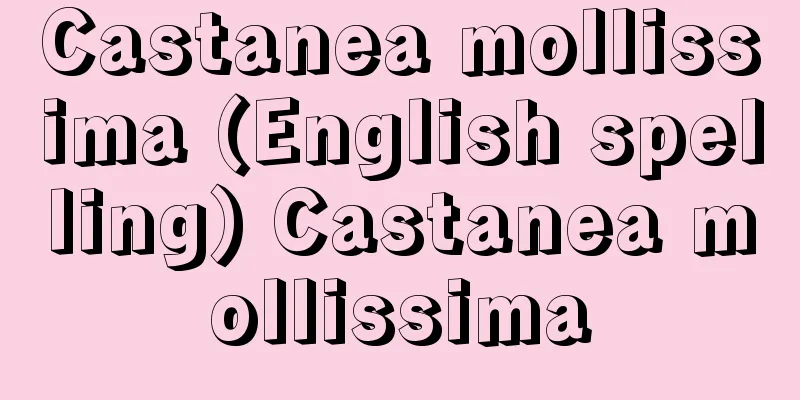Londonderry (English spelling)

A city and district council area in the northwest of Northern Ireland, United Kingdom. It belongs to the former County of Londonderry. In 1969 it merged with neighboring areas, and in 1973 it became one of the 26 districts of Northern Ireland. It is the second largest city in Northern Ireland, located about 100 km northwest of Belfast, facing the River Foyle. Derry, the ancient name and local name, comes from the Irish word doire, meaning "oak grove". A monastery was built by St. Columba in the mid-6th century, and it developed as a religious settlement, but later it was plagued by plundering by the Norse, and even after the Norman dynasty it was often damaged as a strategic location. In 1613 it was given to the City of London as part of the colony, and thereafter it came to be called Londonderry. The colonists built new towns and surrounded them with walls, but they were often besieged during the Ulster Rebellion of 1641 and subsequent wars. The city is especially famous for the great siege by James II's army in 1689, in which the citizens resisted for 105 days before successfully defending the city (see the Siege of Londonderry). During World War I and World War II, the city was used as a naval base. The city's main industry is the manufacture of clothing, such as shirts, and other light industries such as food and chemical products. The city is centered on the old town on a hill surrounded by a defensive wall about 1.6 km in circumference, and extends across the River Foyle to the opposite bank. From the late 1960s to the 1980s, it was the scene of the Northern Ireland conflict, and the city center was widely destroyed. The Londonderry (Derry) district consists of undulating lowlands and the gentle slopes of the Sperrin Mountains, and faces Limavady to the east, Strabane to the south, Ireland to the west, and Foyle Bay to the north. Salmon fishing is popular, and sheep and poultry are raised and barley is cultivated. Redevelopment has progressed with the modernization policy, and industrial parks and residential areas have been built. The area is 380 km2 . The population of the area is 106,889 (estimated 2004). Londonderry |
イギリス,北アイルランド北西部の都市,および地区(district council area)。旧ロンドンデリー県に属する。1969年隣接地域と合併し,1973年の自治体再編で北アイルランドの 26地区の一つになった。北アイルランド第2の都市で,ベルファストの北西約 100kmに位置し,フォイル川に臨む。古名,また現地での呼称でもあるデリー Derryは「カシの林」を意味するアイルランド語の doireに由来する。6世紀半ば聖コロンバによって修道院が建設され,宗教集落として発展したが,のちノール人の略奪に悩まされ,ノルマン朝以降も戦略上の要地としてしばしば被害を受けた。1613年ロンドン市(シティ)に植民地の一部として与えられ,以後ロンドンデリーと呼ばれるようになった。植民者は新しい町を建設し,その町を防壁で囲んだが,1641年のアルスターの反乱やその後の戦乱ではしばしば包囲された。特に 1689年のジェームズ2世軍による大包囲は有名で,市民は 105日間の抵抗ののち市の防衛に成功した(→ロンドンデリー包囲戦)。第1次世界大戦,第2次世界大戦時には海軍基地として利用された。主産業はシャツなどの衣類製造で,ほかに食品,化学製品などの軽工業が立地する。市街は周囲約 1.6kmの防壁に囲まれた丘の上の旧市街を中心に,フォイル川を越えて対岸に及んでいる。1960年代末から 1980年代にかけて北アイルランド紛争の舞台となり,市の中心部は広範囲にわたって破壊された。ロンドンデリー(デリー)地区は起伏のある低地とスペリン山地のゆるやかな斜面からなり,東はリマバディー,南はストラベーン,西はアイルランド,北はフォイル湾に面する。サケ漁が盛んなほか,ヒツジ,家禽の飼育やオオムギの栽培が行なわれる。近代化政策に伴い再開発が進み,工業団地や住宅地が建設された。地区面積 380km2。地区人口 10万6889(2004推計)。
ロンドンデリー
|
>>: London Correspondence Society - London Correspondence Society
Recommend
Plastic design method - Soseisekkeiho (English spelling) plastic design
This method is aimed at statically indeterminate f...
Schizaea dichotoma (English spelling) Schizaeadichotoma
…[Kunio Iwatsuki]. … *Some of the terminology tha...
Madeleine culture - Madolénien (English spelling)
This is the last culture of the Late Paleolithic,...
Ortega y Munilla, J.
…Spanish philosopher. His family had many people ...
Ozawa Eitaro
Born: March 27, 1909, Tokyo [Died] April 23, 1988....
So‐su‐lim‐wang (little beast king of the forest)
?‐384 The 17th king of Goguryeo, Korea. Reigned 37...
Bartolomé de Torres Naharro
?-1524? Spanish playwright. After being a prisoner...
Benedictus XV (English spelling)
...Pope Pius IX's (1846-1978) Syllabus of 186...
Gigaku mask - Gigakumen
Masks for gigaku music. It is said to have been ma...
Taş köprizade Ahmed
1495‐1561 A scholar from the Ottoman period. Born ...
Takeda Nobuyoshi
1583-1603 A daimyo in the early Edo period. Born ...
Jōganji River
A river that flows through the eastern central pa...
Guide Michelin
A guidebook for travel, hotels, and restaurants in...
Oddmeter
...Figure 4 shows the structure of an automobile ...
X-ray diagnostics and war
… In another major application, in medicine, X-ra...



![Meiwa [village] - Meiwa](/upload/images/67ccfeb7a69ac.webp)


![Yanadani [village] - Yanadani](/upload/images/67cd0c94b32de.webp)


